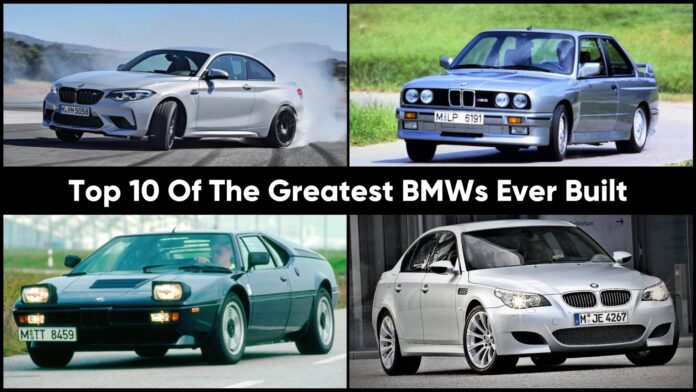Not an exhaustive list, but one that might have you rushing to the classifieds
1. BMW 507: 1955-59
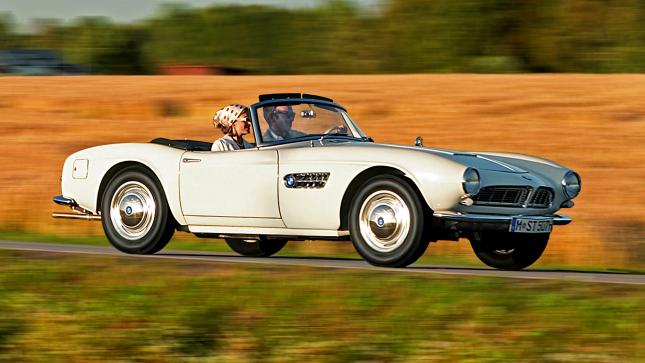
This was BMW’s pinnacle achievement for decades. A stunningly constructed V8 two-seater. Albrecht von Goertz fashioned the box and wrapped it in a beautiful body. It was born out of BMW’s desire to make a mark in America and its envy for Mercedes’ success with the original SL. The problem was that it was excessively pricey, therefore sales plummeted. It lost money, and BMW was already in grave financial trouble. As a result, they only made 252. But it had a major impact, especially on subsequent BMWs like the Z3 and Z8.
2. BMW 700/CS: 1959-65
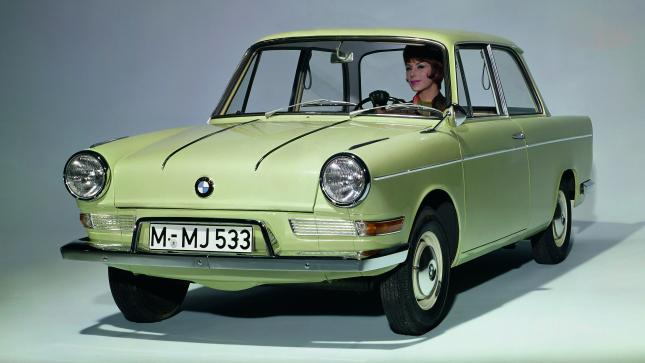
BMW was noted for its pricey straight-six automobiles (little sales) and its bubble cars and other infants on both sides of WWII (small profit). The last of the tiddlers was the Michelotti-styled 700. It was the first BMW with a monocoque body, and it had a flat-twin BMW motorcycle engine in the back. It was available in two-door saloon, coupe, and convertible body styles, and it was in high demand. In the 700, Hans Stuck and others were victorious. However, following the introduction of the Neue Klasse, BMW realised where the money was to be made and abandoned tiny vehicles until the release of the new Mini.
3. BMW 1500/1600/1800/2000: 1961-72
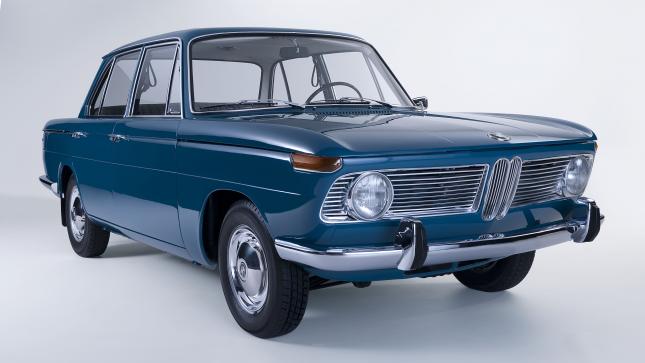
BMW was losing money so quickly towards the end of the 1950s that it appeared like Mercedes might purchase it. But it swerved the reaper and gave the 1500, a magnificent sporty saloon known to everybody as the Neue Klasse, an epic relaunch (New Class). The new four-cylinder M10 engine was produced until 1988, and its block was utilised in Formula One vehicles with 1,500 horsepower. Coupes were also available, which were gradually enlarged in the nose to make room for the straight-six engine, culminating in the CSL Batmobile. The 1602/2002 was a three-door variant of the 1600/2000 that served as the forerunner of the 3 Series.
4. BMW M1: 1978-81
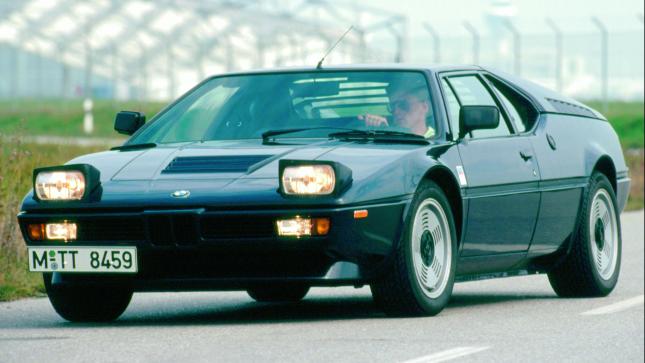
It was designed and utilised as a racing car, and it’s the perfect home for the 24-valve BMW M straight-six engine. The design was done by Giugiaro, and while it isn’t as insane as Italian supercars, it has aged beautifully. Dallara worked on a one-of-a-kind chassis. It was also scheduled to be manufactured in Italy, by Lamborghini, but the company ran into financial difficulties, so BMW enlisted the help of friend coachbuilder Bauer. It’s a well-designed, charismatic craft to pilot. Since then, no one-of-a-kind M automobiles have been produced. Until, even more tragically, next year’s massive XM crossover.
5. BMW M3 (E30): 1986-1991
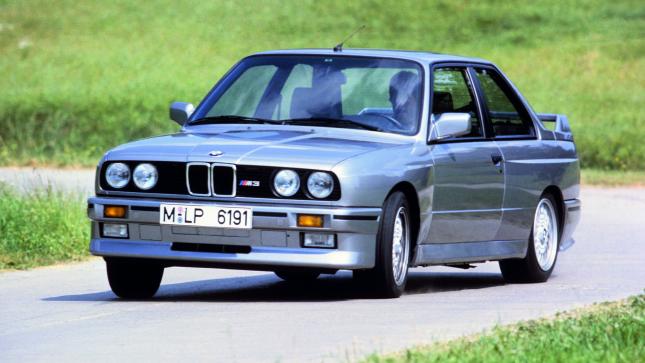
How do you choose the best M3 generation? We’ll claim that it’s the greatest and original. For starters, it’s a true homologation rarity, as well as one of the most successful saloon racers of all time. The road version was always special in that regard. A compelling combination of strength, composure, and purpose. The chassis is incredibly communicative, and the S14 engine, a 16-valve variant of the M10, was as rev-happy as you’d expect. The body was also unique, with broad arches, a tilted-up back screen, and a higher tail for better aerodynamics.
6. BMW 3 Series (E36): 1990-90
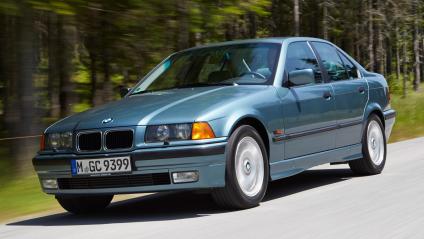
The E36 had a fresh look that took some getting used to, especially with the early grey bumpers, which were a huge departure from the boxy initial 3 Series. The driving was flawless from the start, and the 3 is currently tracing the course. It had superb handling thanks to a brand-new rear suspension. Straight-sixes from the 320i onward, as well as the fantastic S50 in the more road-oriented M3. Saloon, Coupe, Touring, Cabrio, and M were all available. (We’re not include the dreaded Compact, which was built on the old E30 chassis.)
7. BMW X5 (E53): 1999-2006
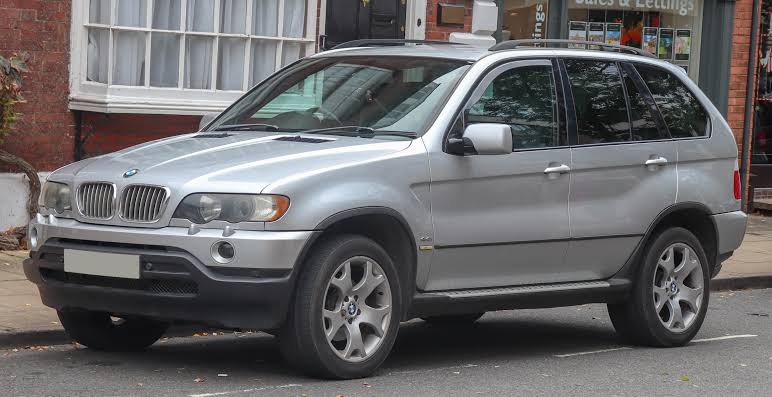
Without a doubt, the X5 was the world’s first SUV to drive in any way like a car. (The Mercedes M-Class was the first to be released, but it couldn’t claim that title.) Because BMW owned Range Rover at the time, the X5 didn’t need to climb mountains. Because it was built in the United States and came with a V8, it helped BMW become a global brand. The next year, straight-six variants and excellent diesels arrived in Europe. Every luxury automaker now produces crossovers, and they all owe a debt of gratitude to this.
8. BMW M5 (E60): 2005-10

The E60 was undoubtedly the worst 5 Series, with its awks Bangle style, odd active steering, and clumsy early iDrive. But it gave birth to the most amazing M5 of all time. It had a V10 that was naturally aspirated. Yes, a clumsy single-clutch paddleshift is related to an engine with some horrific maintenance concerns and planet-worrying thirst. But, hey, it’s a V10. Your brain smoulders as you rev its 1,000 components to 8,250rpm. The chassis and handling were also impressive. Oh, and they also worked on an estate.
9. BMW i3: 2013-2017

A really sensible approach to electric vehicles. Rather of depending on a large battery and all the weight that involves, the i3 uses a carbon-fibre body and an aluminium chassis in a low-drag body to save weight. It’s beautifully basic on the inside. A range-extending petrol generator was available in early models, but the fuel tank was too tiny. The current version has a 170 mile electric range, but with BMW’s newest battery and e-drive technology, it might travel considerably further. Instead, development will come to a halt, and the iX1 will be released, which will be dull but less expensive to produce.
10. BMW M2: 2015-21
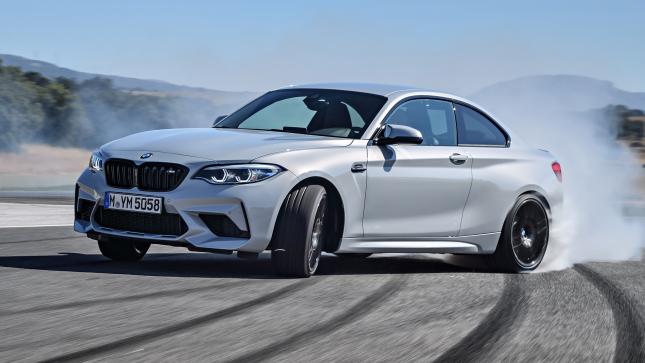
Of fact, this is exactly what the three letters BMW stand for. There’s plenty of smooth straight-six engine, a manual transmission, and rear-wheel drive. Keeping things old-school, even if it’s done with cutting-edge technology. While other M vehicles switched to 4WD to bring their crazy power under control, the M2 Competition remained the purest, most connected-feeling road-going BMW of our period. When the traffic clears, it’s a riot. It’s not too huge, not too forceful, and it’s rather civilised.

